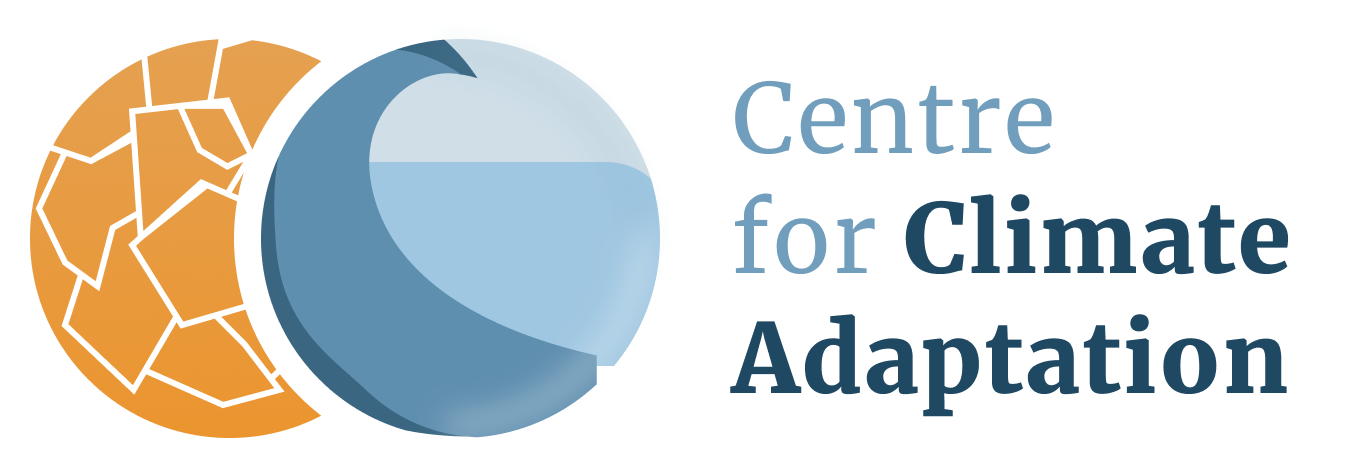- Home
- Countries
- Switzerland
- Wildfires
Switzerland
Wildfires
Vulnerabilities
So far, forest fires do not constitute a significant hazard in the central and northern parts of the Alps, while on the southern side they are more common even if the fire number and the burned area are low compared to the neighbouring Mediterranean area, where the climate is more in favour of the development of frequent and large wildfires. Due to their high potential impact in terms of human lives, commodities and natural heritage, however, the Alpine forest fires require a relatively large amount of resources for fire-fighting and prevention: the mountainous environment makes fire fighting very difficult, and a rapid intervention is required because the fires readily endanger human activities and infrastructures. Furthermore, secondary damages via other consecutive natural hazards, such as an enhancement of debris flows, erosion and avalanche danger, may occur, too (3).
The impact of climate change on the fire potential in the Alps in the past and in future scenarios has been evaluated from a multimodel approach (simulations from 7 Regional Climate Models), a detailed Regional Climate Model for the Alps area (COSMO), and data on daily temperature and precipitation observations during 1961–2010. The scenario period is 2031–2050; the RCM projections are based on the SRES scenario A1B. These model confirm previous results (4) that in recent decades the strongest increase of forest fire danger has been observed in the Southern Alps, while north of the Alps no clear trend was observed (3).
Fire risk due to drought events increased over the 1971-2005 period in southern Swiss Alps. Under climate change conditions, it is expected that the potential increase of summer storms could lead to an increase in the risk of forest fires (1). Forest fires are affected by drought. In regions like the dry valleys of the canton of Valais, the drought-induced dieback of pines enhances the amount of dead wood in forests and therefore the risk for forest fires (2).
Wildfire activity in even the most fire-prone regions such as the southern slope of the Alps and the inner-Alpine valleys are characterized by strong human impacts. Therefore, fire regimes only partially reflect the spatial, seasonal, and temporal patterns of rainfall, temperature, and wind (5). However, during recent decades, the climatic signal of fire occurrence became stronger as revealed by the increased number of large, stand-replacing fires in the Valais (6), and by the exceptional severity and extension of stand-replacing fire in the Alps during the hot and dry summer of 2003, including moderately fire-resistant and moist ecosystems such as beech forests (7).
References
The references below are cited in full in a separate map 'References'. Please click here if you are looking for the full references for Switzerland.
- Reinhard et al. (2005), in: Agrawala (2007)
- Federal Office for the Environment FOEN (Ed.) (2009)
- Cane et al. (2013)
- Wastl et al. (2012), in: Cane et al. (2013)
- Zumbrunnen et al. (2009); Conedera et al. (2011), both in: Henne et al. (2018)
- Kipfer et al. (2011), in: Henne et al. (2018)
- Ascoli et al. (2013), in: Henne et al. (2018)




